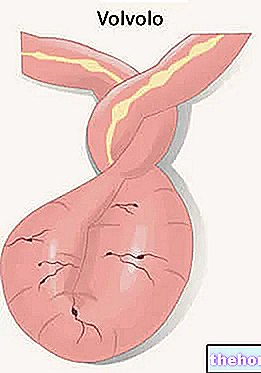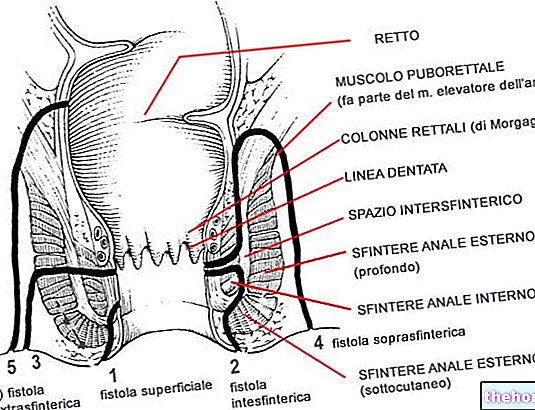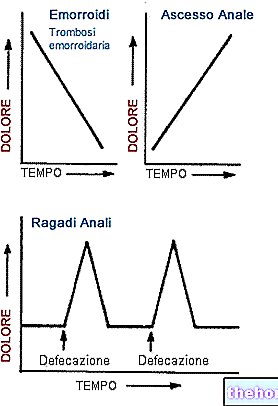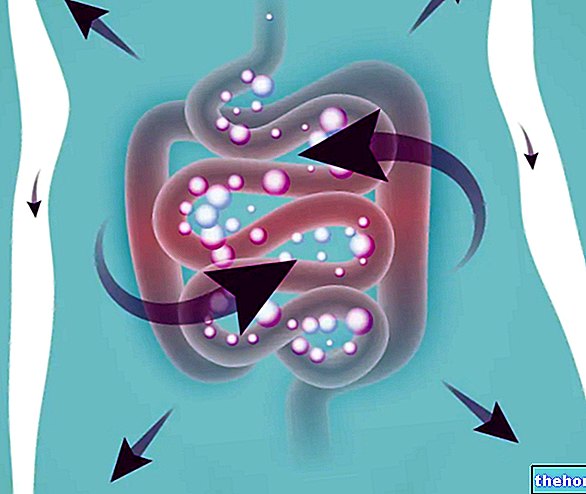Xylose is a sugar, a monosaccharide with five carbon atoms isolated for the first time in wood, which like peanut shells is particularly rich in it; not surprisingly, xylose is commonly called wood sugar. From a chemical point of view it is an aldopentose, which at room temperature is in the form of an odorless white powder, soluble in water.

Xylose test
Once ingested, xylose is largely absorbed in the intestine, while doses over 30 grams have a laxative effect.Once absorbed, xylose is largely eliminated in the urine in unchanged form; this characteristic makes this sugar particularly useful for evaluating the absorption capacity of the small intestine and discriminating it from malabsorption syndromes deriving from an "insufficiency of the exocrine pancreas."
The test is performed by administering orally 25 grams of D-xylose with at least 500 cc of water, and then collecting the urine emitted by the patient in the following 5 hours. In this period, urinary excretion of at least 4-5 grams of xylose is considered normal; lower values are recorded when intestinal absorption is compromised by pathologies that alter the structure and functionality of the enteric mucosa of the first tract of the small intestine, such as celiac disease and tropical sprue. To limit the risk of false positives, linked to an "incomplete urine collection or problems with ascites and renal insufficiency, after the oral load of 25 grams it is preferred to determine the concentration of sugar in the blood after two hours, in order to obtain more reliable results than urinalysis. A xylosemia equal to or greater than 20-30 mg / dl indicates a normal intestinal absorption of xylose. False positive results can be obtained in case of slowed gastric emptying and bacterial contamination syndrome of the small intestine, in which - even in the presence of a normal mucosa - the abnormal and excessive microbial fermentation of the sugar decreases its absorption. Not requiring prior digestion, the xylose test helps to discriminate enterocytic malabsorption from pancreatic malabsorption, in which the test will be normal. False negatives are observed in the presence of minimal intestinal lesions or pathologies of the distal small intestine.
Xylose can also be useful in the context of the breath test, measuring the concentration of carbon dioxide in the exhaled air after oral administration; in case of intestinal malabsorption an abnormal peak will be recorded, indicating the lack of xylose absorption with consequent bacterial fermentation in the colon, from which gases such as carbon dioxide originate, partly removed by breathing.




























